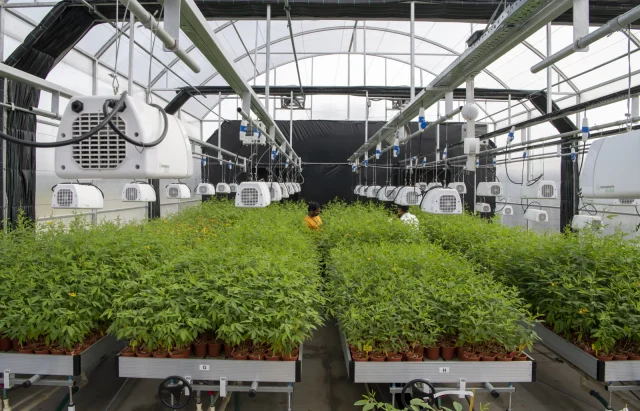What’s really in our food? A global Look at Food Composition Databases—and the Gaps We Need to Fix
- From
-
Published on
13.06.25
- Impact Area

To build healthier food systems, we need better food data. A new research shows where the gaps are—and how innovations like PTFI are helping to close them.
In today’s world, we hear a lot about what we eat: more vegetables, less sugar, local and sustainable, nutrient-rich. But there’s a fundamental question most people don’t think about—how do we actually know what’s in our food? The answer lies in food composition databases (FCDBs), which are collections of data about the nutritional contents of different foods, from macronutrients like protein and fat, to vitamins, minerals and beyond, including specialized biomolecules like antioxidants and phytochemicals.
But a new global review, published in Frontiers in Nutrition Journal, reveals that many of these databases are outdated, inconsistent, or difficult to access altogether—especially in the places that need them most.
Related news
-

ICRISAT to Deliver World-Class Services as CGIAR’s Breeding Resources South Asia Hub
International Crops Research Institute for the Semi-Arid Tropics (ICRISAT)07.07.25-
Biodiversity
-
Food security
Strategic collaboration to scale innovation and deliver harmonized, high-quality support across CGIA…
Read more -
-

ICRISAT to deliver world-class services as CGIAR's Breeding Resources South Asia Hub
Breeding for Tomorrow07.07.25-
Nutrition, health & food security
Strategic collaboration to scale innovation and deliver harmonized, high-quality support across CGIA…
Read more -
-

Multifunctional Landscapes that reconcile food production, with ecosystem restoration and biodiversity conservation
Multifunctional Landscapes Science Program06.07.25-
Biodiversity
-
Environmental health & biodiversity
The CGIAR Multifunctional Landscapes Science Program (MFL SP) is driven by a bold vision of…
Read more -
